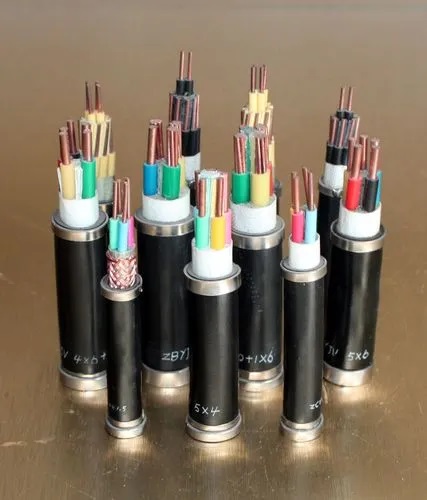Introduction
Photovoltaic (PV) systems are becoming increasingly popular as a renewable energy source to generate electricity. These systems consist of various components, including solar panels, inverters, and cables. The cables used in PV systems play a crucial role in ensuring the efficient and safe operation of the entire system. https://www.jiangyuancables.com/universal-rubber-sheathed-flexible-cable/ of PV cables that is often overlooked but is of utmost importance is their tensile strength. In this article, we will delve into the significance of PV cable tensile strength, its implications for the performance and longevity of solar energy systems, and the factors that influence it.
Understanding PV Cable Tensile Strength
Tensile strength is a measure of the maximum stress that a material can withstand before breaking or deforming. In the context of PV cables, tensile strength refers to the ability of the cable to resist pulling or stretching forces without breaking. This property is crucial in PV systems, as the cables are subjected to various mechanical stresses during installation, operation, and maintenance.
The tensile strength of a PV cable is determined by factors such as the type of material used, the design of the cable, and the manufacturing process. Different types of materials, such as copper, aluminum, and various alloys, are commonly used in PV cables, each with its own set of mechanical properties. The design of the cable, including its size, shape, and construction, also plays a significant role in determining its tensile strength. Additionally, the manufacturing process can affect the overall quality and performance of the cable.
Implications of Tensile Strength in PV Cables
The tensile strength of PV cables has several implications for the performance and reliability of solar energy systems. A cable with insufficient tensile strength may break or deform under the mechanical stresses encountered during installation, leading to potential safety hazards and system failures. On the other hand, a cable with adequate tensile strength can withstand these stresses and ensure the proper functioning of the system over its operational lifetime.
One of the key areas where the tensile strength of PV cables is critical is in the installation process. During installation, cables are often pulled, twisted, and bent to route them from the solar panels to the inverters and other components of the system. If the cables do not have sufficient tensile strength, they may break or develop weak points, compromising the integrity of the system. This can result in power losses, electrical faults, and increased maintenance costs.
Furthermore, the tensile strength of PV cables is important for ensuring the long-term reliability of the system. Solar energy systems are designed to operate for 25 years or more, and the cables are expected to withstand environmental factors such as temperature fluctuations, UV exposure, and moisture. Cables with high tensile strength are better equipped to handle these conditions and maintain their performance over the lifetime of the system.

Factors Influencing Tensile Strength
Several factors can influence the tensile strength of PV cables, including the material composition, construction, and quality control measures during manufacturing. The choice of material is a critical factor, as different metals have varying tensile strengths and properties. Copper is a commonly used material in PV cables due to its high conductivity and mechanical strength. Aluminum cables are also used in some applications, as they are lighter and less expensive than copper cables, but they typically have lower tensile strength.
The construction of the cable, including the number of conductors, insulation thickness, and overall design, can also impact its tensile strength. Cables with a larger cross-sectional area and thicker insulation tend to have higher tensile strength, as they can distribute the mechanical stresses more evenly. The number of conductors in the cable can also affect its tensile strength, with multi-conductor cables generally having higher strength than single-conductor cables.
Quality control measures during the manufacturing process are essential for ensuring the tensile strength and overall reliability of PV cables. Manufacturers must adhere to industry standards and guidelines for cable production, including proper material selection, design specifications, and testing procedures. Quality control checks at various stages of the manufacturing process can help identify any defects or inconsistencies that may affect the tensile strength of the cables.
Conclusion
In conclusion, the tensile strength of PV cables is a critical factor that influences the performance, safety, and reliability of solar energy systems. Cables with adequate tensile strength can withstand the mechanical stresses encountered during installation, operation, and maintenance, ensuring the proper functioning of the system over its operational lifetime. Factors such as material composition, construction, and quality control measures during manufacturing play a significant role in determining the tensile strength of PV cables. By understanding the importance of tensile strength and taking appropriate measures to ensure the quality of cables, solar energy system designers and installers can enhance the efficiency and longevity of PV systems.
